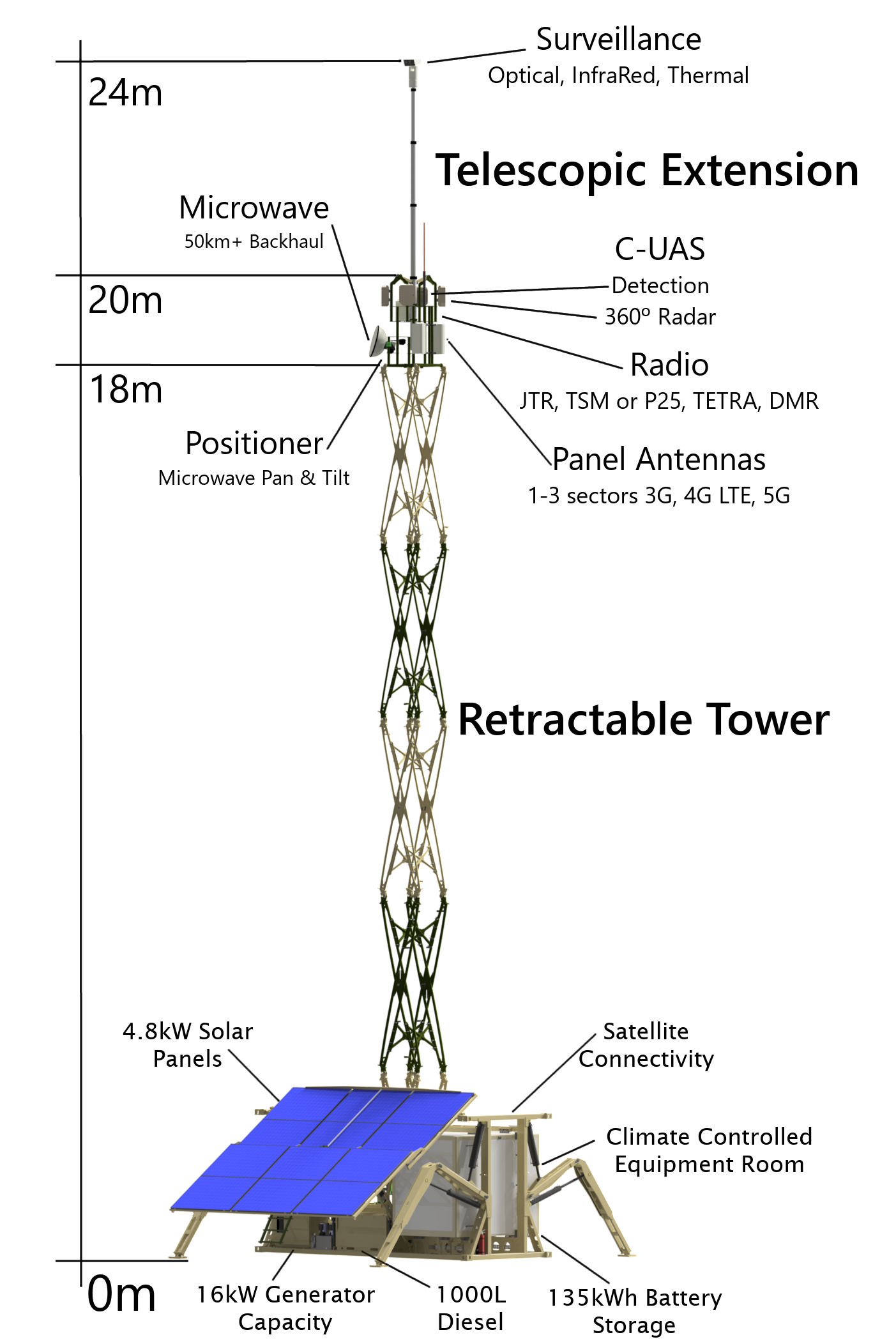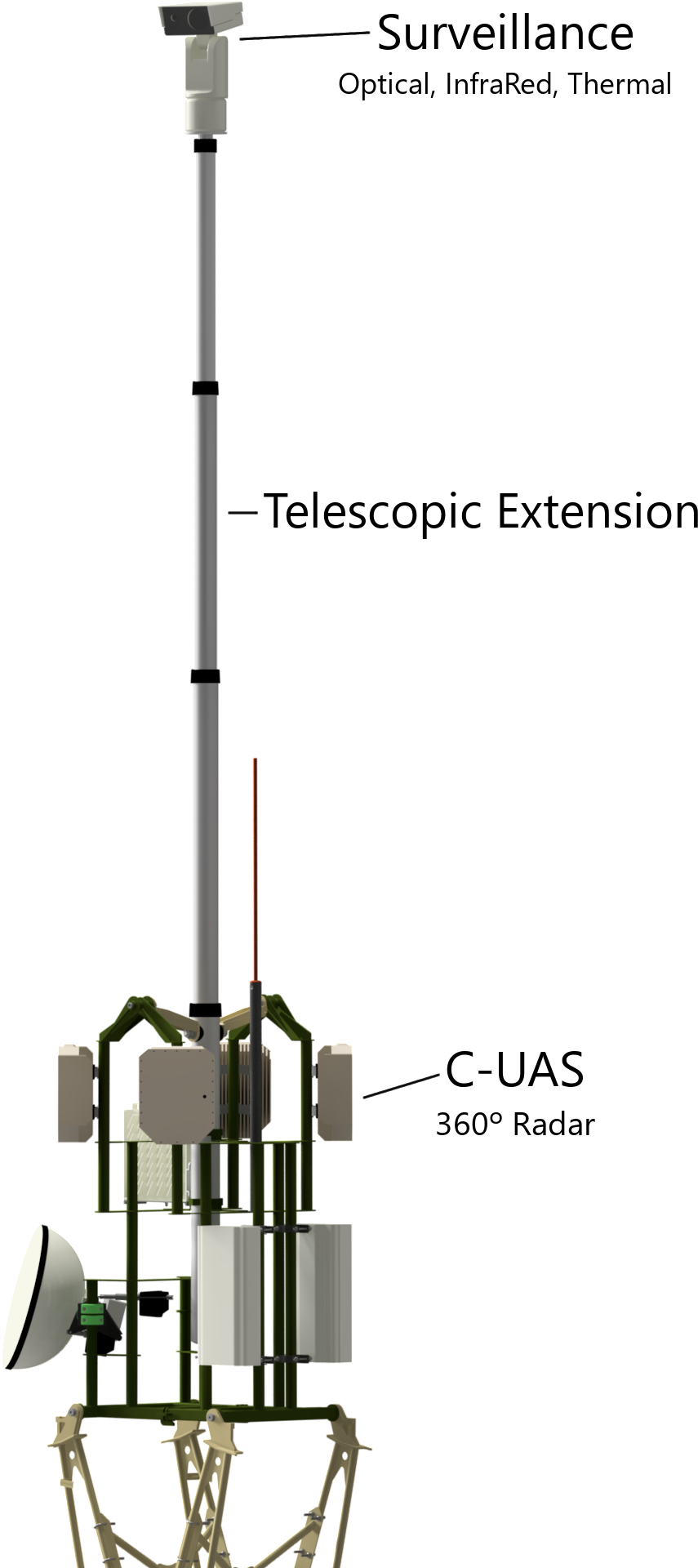Nexus 20
The next step of evolution in the Nexus product line, the Nexus 20 builds on everything that made the Nexus 16 great – now with improved height, faster deployment, enhanced power systems.
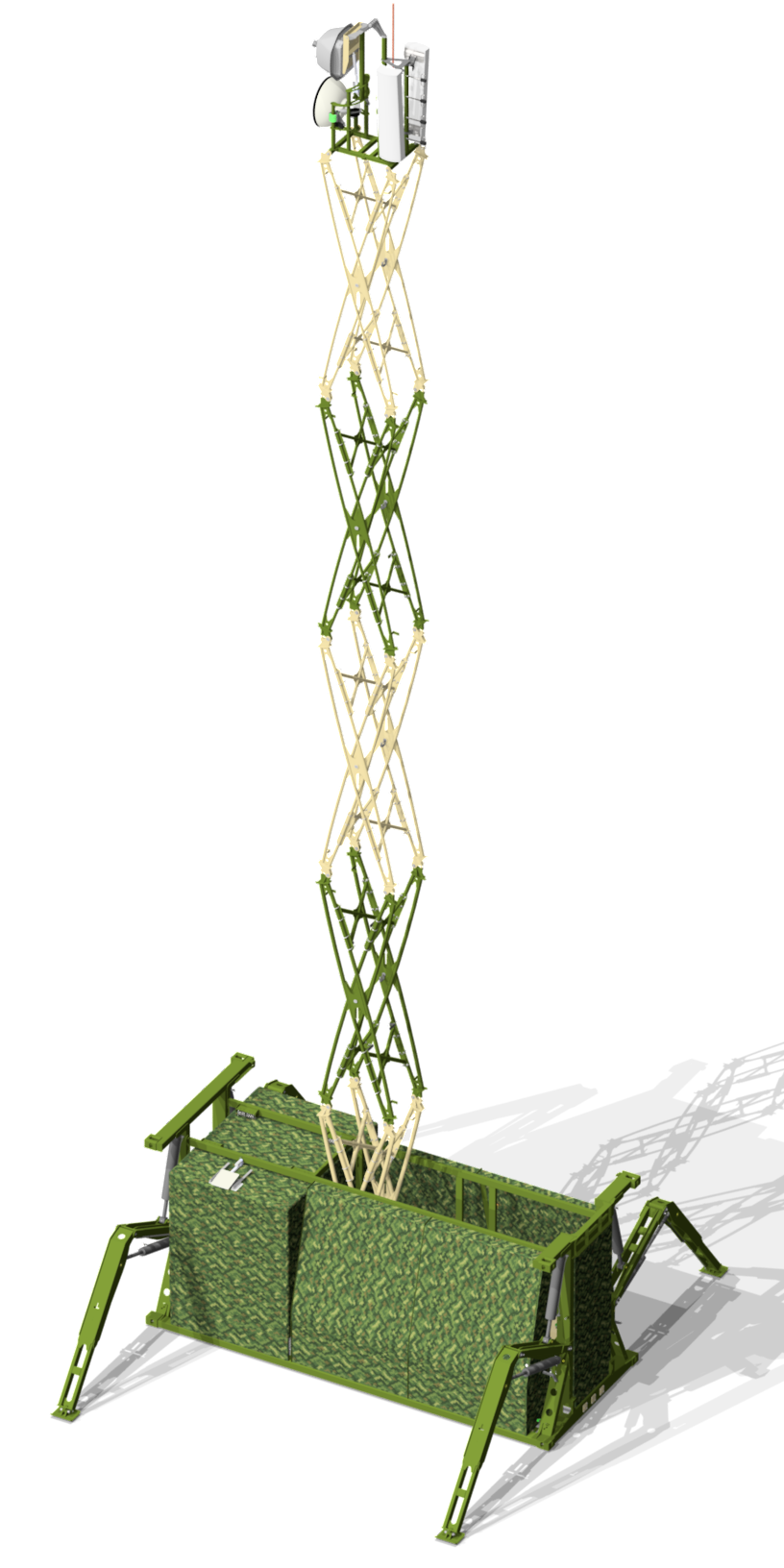
Targeted Development
Driven By Customers
The first release of the Nexus 16 performed beyond expectations, including one unit surviving a direct hit from a category 4 cyclone.
Building on this robust and reliable base, Citech Engineers were tasked by the Ministry of Defence of Ukraine to build a taller, high-capacity tower to increase range and capability in even thickly wooded areas.
The result is the Nexus 20: equipped with a 20m deployable mast as standard, plus an optional telescopic extension that takes total height beyond 24m. Alongside its increased reach, the Nexus-20 introduces upgraded power, faster deployment systems, expanded payload options, and a hardened base.
Taller Tower
With a broadcast range of over 20 km and point-to-point capability of over 36 km, the Nexus-20 extends communications further than ever.
The additional height doesn’t just mean longer distances, it also improves performance for other technologies such as surveillance systems and UAS detection, both of which benefit directly from the elevated sensor platforms.
Faster Deployment
Upgraded leadscrews, motors and hydraulics enable a faster deployment than the Nexus 16.
While the Nexus-16 was more than fast enough for industrial deployments like mine sites, the Nexus 20 gives emergency services and military operators the critical advantage of faster setup or pack-down - where every minute can mean lives.
Upgraded Power Options
In sun-drenched Australia, the Nexus 16 power systems proved more than sufficient. But in dark European winters and forested environments, solar alone isn’t enough.
The Nexus 20 addresses this with 50% larger generators fitted as standard, with the option to equip even more powerful units if required. Its battery system begins at 130kWh and can be scaled up to 310kWh, ensuring reliable operation anywhere in the world.
Improved Survivability
The Nexus-20 is engineered for resilience in contested environments. It can be fitted with an armoured enclosure, providing G2/S1 protection as standard, with upgrade options to R2 without reducing usable space.
The retracted mast and external plant can also be enclosed with ballistic cladding, offering G1 protection as standard and upgrades up to R2.
Multi-mission capability
Supporting A Dynamic Environment
The Nexus-20 supports a wide range of mission-critical payloads, making it adaptable for communications, surveillance, and defence applications.
- Daylight and night-vision optics with detection ranges of up to 15 km against ground targets
- Infrared and thermal sensors to identify personnel and vehicles at distances of up to 10 km
- Enemy UAV detection and tracking via electro-optical, radar, or electromagnetic systems
- Active UAV countermeasures for contested environments
- Radar integration, with the tower’s high-stability design supporting payloads up to 150 kg, including popular 360-degree models
- Digital communications links, including microwave, digital radio, fibre optic, and compact satellite solutions such as Starlink and Viasat
Thanks to its modular, payload-agnostic design, the Nexus-20 can also be reconfigured in the field. Payloads can be added, removed, or swapped out to meet changing requirements, allowing operators to adapt quickly and re-equip the system for different missions without returning to base.
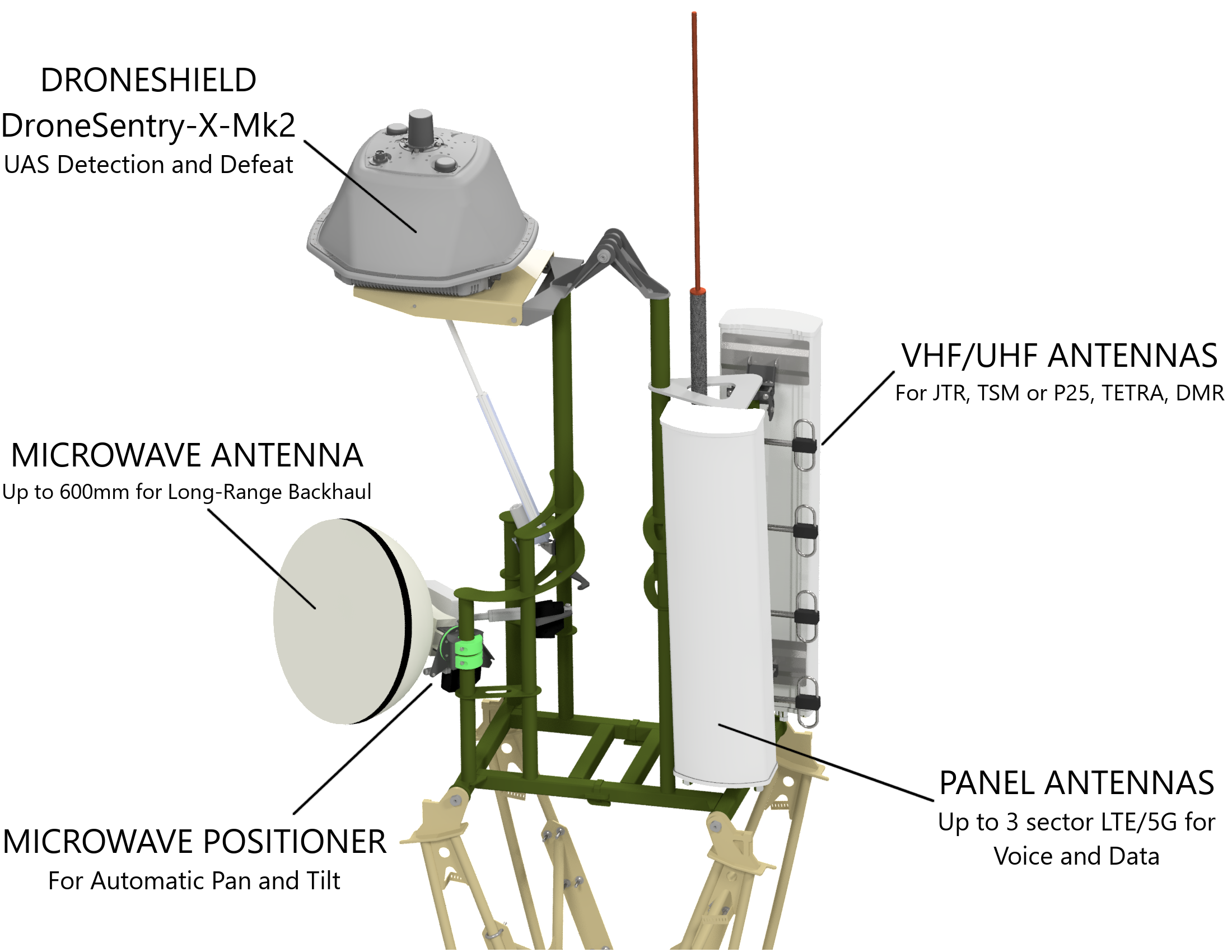
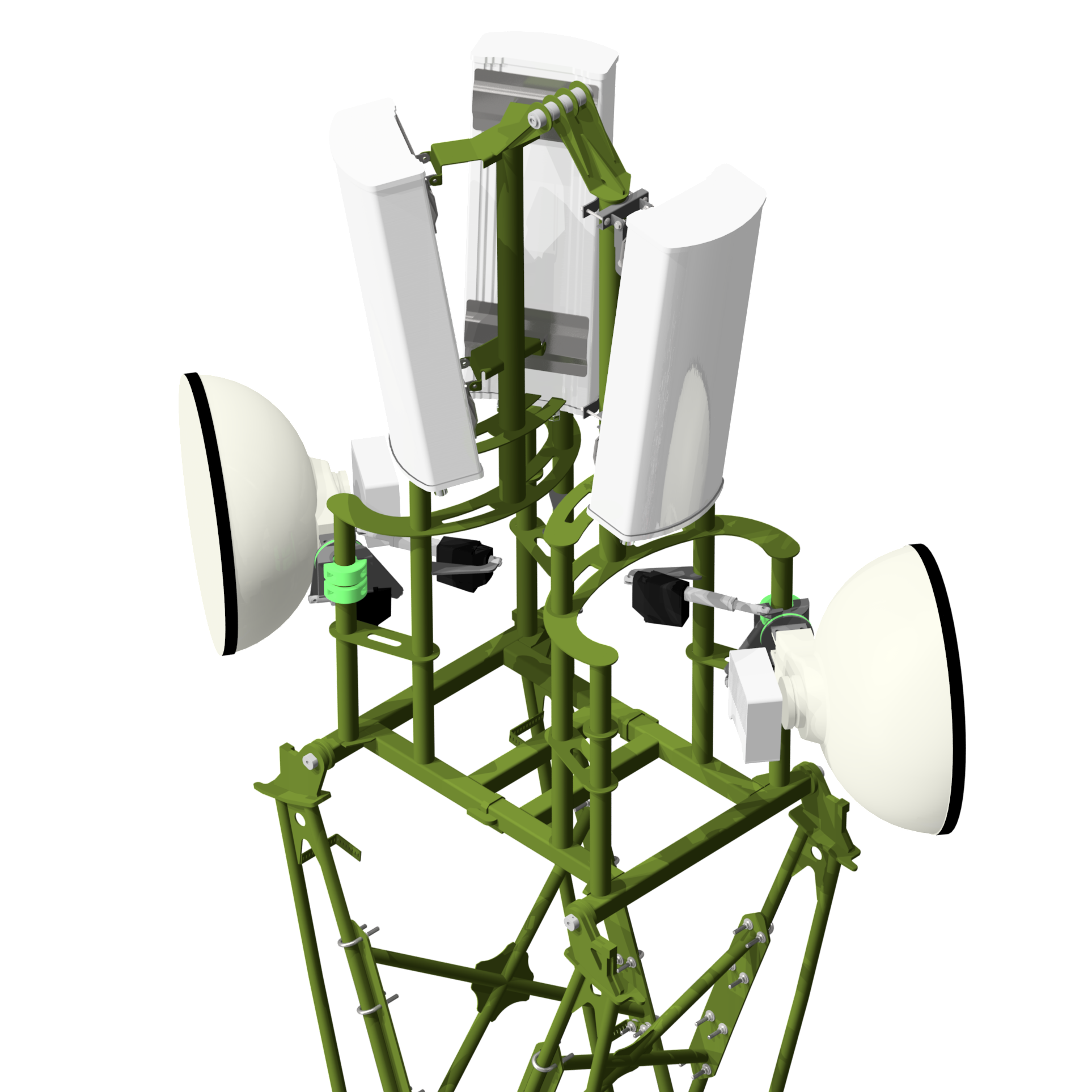
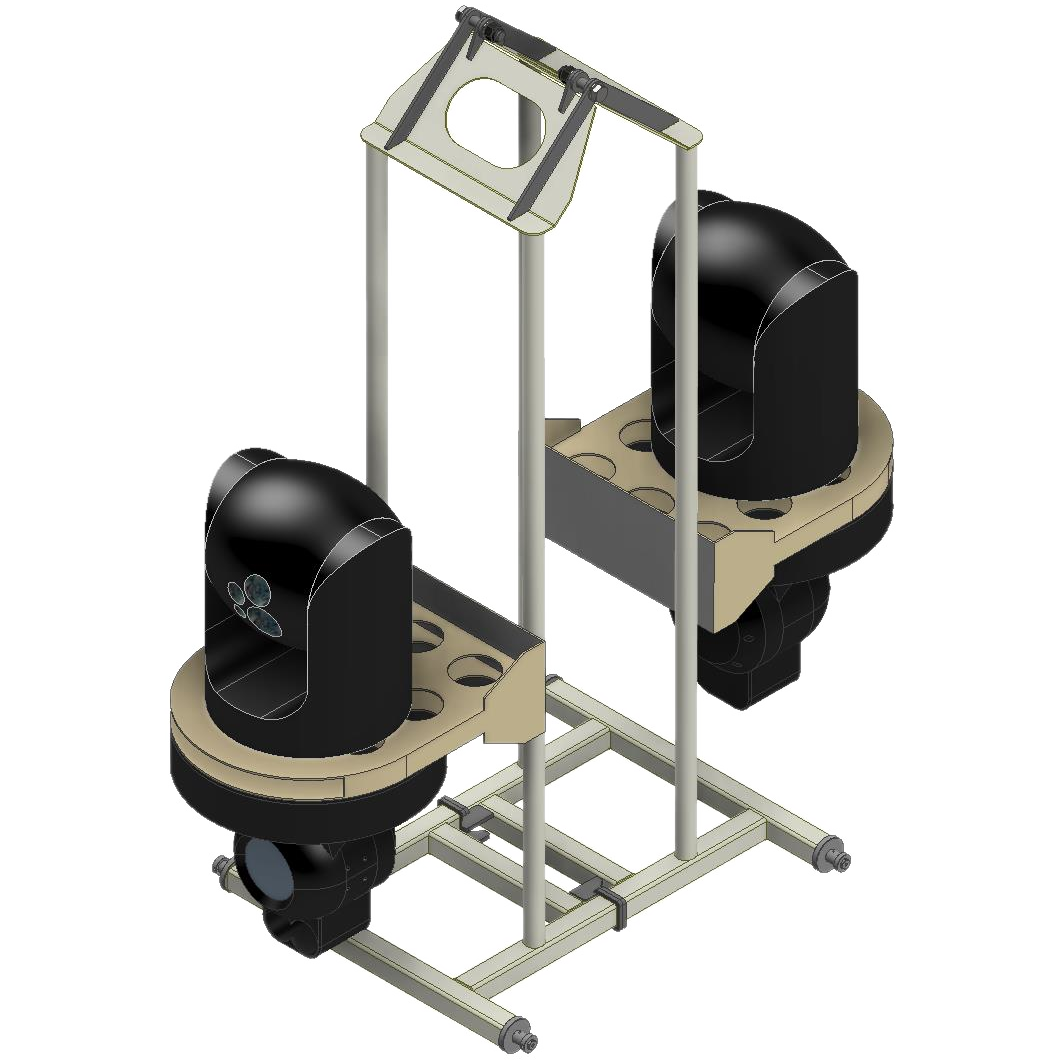
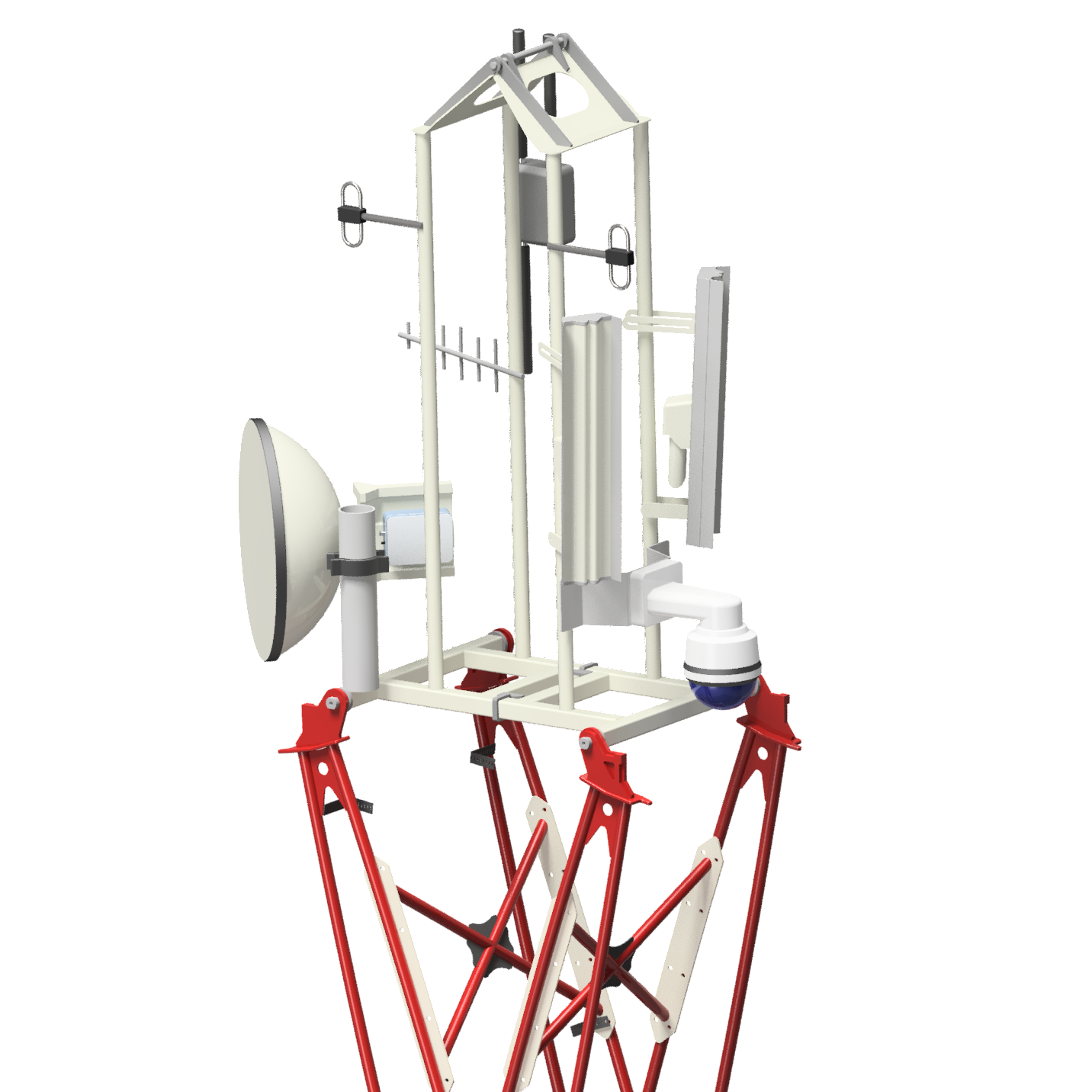
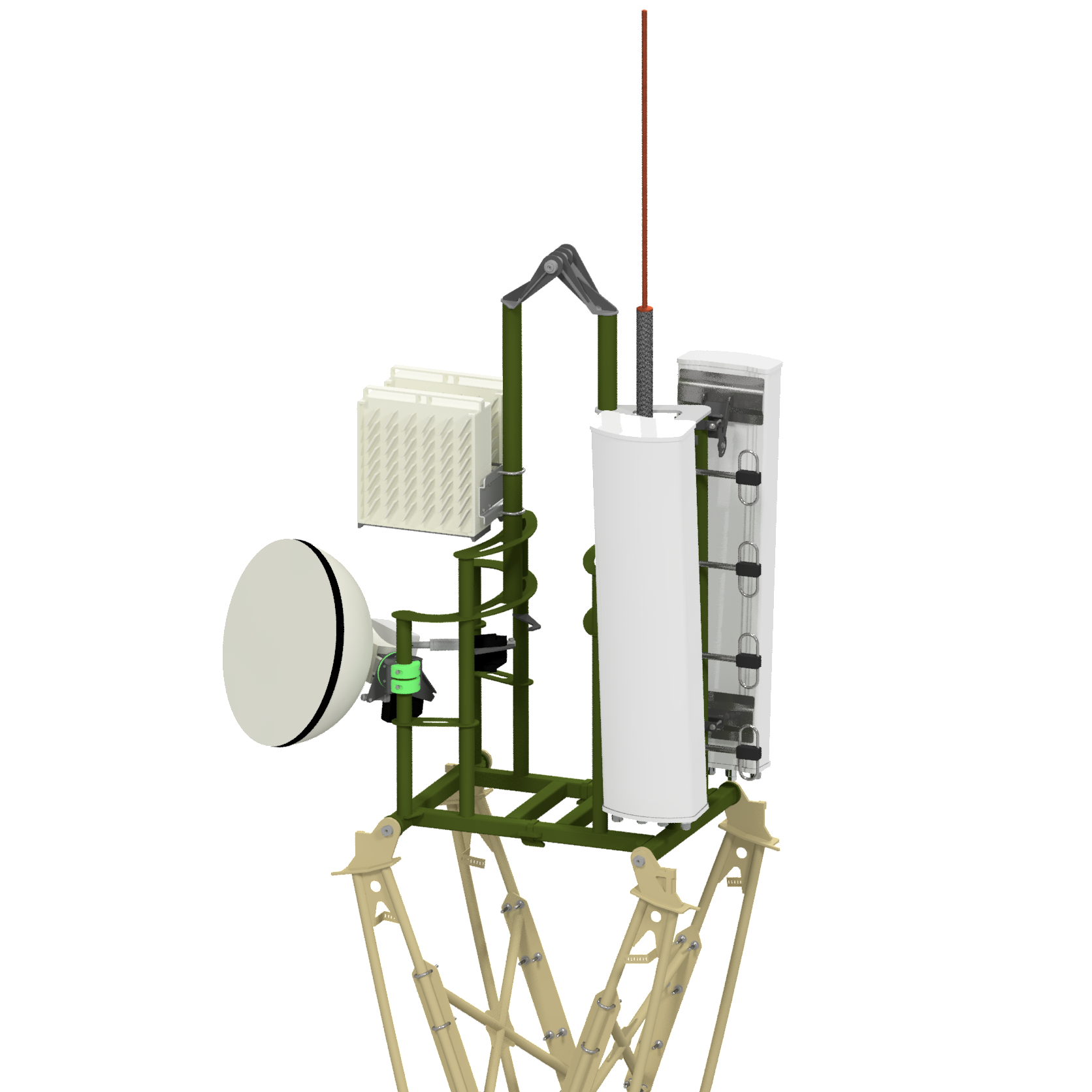
Nexus 24: Nexus 20 with telescopic extension
The Nexus 24 is an evolution of the Nexus 20, fitted with a 4-metre telescopic headframe extension that increases total mast height to more than 24 metres.
This added reach provides even greater line-of-sight for communications, surveillance, radar, and counter-UAS payloads — further enhancing performance in dense terrain or challenging operational environments.
